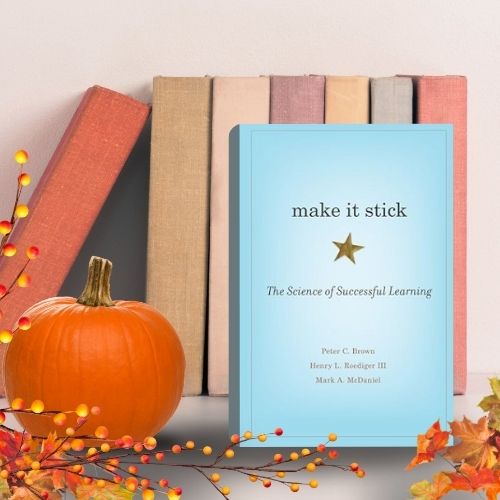Poems for Our Lives: In the Disciplines, is a blog that explores poems centered on the professional disciplines in which we, as academics, scholars and professionals, have made our lives.
But we find ourselves teaching and living in extraordinary circumstances, a time marked by fear and suffering. Instead of focusing on a specific discipline this Easter month (during which we also celebrate National Poetry Month), I offer a poem of mine for all of us, a poem that suggests that despite the cruelties of this world, difficulties end and joyful new beginnings occur. I know that is our common wish during these troubled times. My hope is that this poem provides solace and some small consolation during the darkness.
If you wish to share the poem with your students, perhaps the critical thinking questions will provide guidance on how to start discussions.
Stay safe. Stay kind.
Yours in Poetry,
Gianna Russo
Assistant Professor of English and Creative Writing
Poet-in-Residence, College of Arts and Sciences, REBUS
Editor in Chief, Sandhill Review
Director, Sandhill Writers Retreat
Approaching Infinity
by Gianna Russo
based on artwork by the same title by Peg Trezevant
In a landscape of catastrophe
how much can you subtract from joy?
Can you halve it like an animal,
hang it in the gloom to dry?
Hardened and bark-like,
will those afternoons in summer
with sugared ginger and figs,
will those gifts of honeyed hours survive?
Sorrow tunnels our hearts like termites
and grief opens its blue parasols
into the gloaming.
But those evenings in autumn,
plump with lamplight and wine,
twine a section of themselves
towards what still might be.
This world means to quarter bliss,
slice it to a sheer fraction.
Yet figs grow round from the thinnest curve
and bees tending their simple house,
take death for what it gives
and line a bed for birth.
This poem is a slightly revised version from that which appears in Moonflower, (Kitsune Books, 2011).
Discussion Questions
- If this poem is like an argument, what is the main claim?
- What parallels do you see in this poem? How do they support the claim?
- There is a lot of nature imagery in the poem. Why do you think I relied on so much nature imagery?
- How is this poem appropriate for what is currently happening to us?
- How is this poem appropriate for Easter?
Professor, create your own question here:
Writing prompt: Write a poem about the pandemic, but do not name it in the poem. Use an image of hope at the end of the poem. Feel free to share your poems with me at gianna.russo@saintleo.edu.





